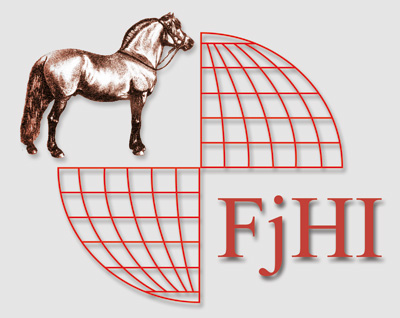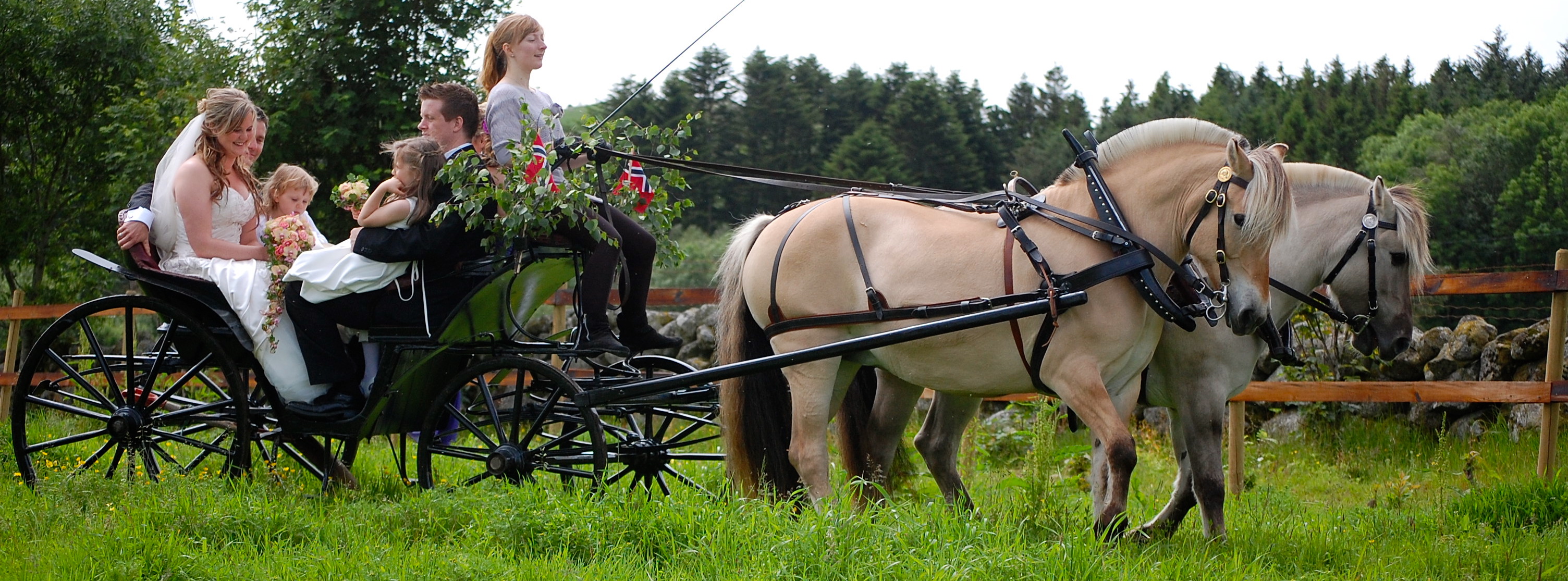Collection of hair samples for genetic analysis
Here you find the article concerning the FeNomen project.
The Swedish-Norwegian Foundation for Equine Research have funded the project ‘FeNomen: Fertility in national Norwegian horse breeds’. One of the goals of the project is to describe genetic variation in the Norwegian Fjord Horse, and to identify whether there are genes which contributes to decreased reproductive performance in the breed. The genes we are looking for are recessive which means they are not detrimental to reproduction of the individual horse but may have negative effects on the performance of the population if found to be widespread.
What type of sample?
Hair samples from up to 800 individuals will be genotyped, primarily horses from the breeding population.
What kind of horses do we wish samples from?
The primary sampling population is Fjord Horses that have been breeding in Norway between 2000 and 2020. Because a substantial number of Norwegian Fjord breeding stallions have been exported during this period, we are reaching out to the international Fjord Horse community to retrieve samples from these horses.
Here is a list of breeding stallions that we would like to receive hair samples from. The excel sheet is sorted by year of birth. The reason some stallions may not appear on this list because we already have sampled them.
Other Norwegian born (exported) Fjord Horses are also eligible for sampling from (no list provided)
How do I submit samples?
Sign up for submission of samples here
After signing up, you will receive:
• Envelope(s) for submission of hair sample
• Consent form, to be signed (use of the sample for research purposes)
• Pre-addressed envelope for return of samples
The project can provide refunds for costs for returning samples upon receiving a receipt and banking details to This email address is being protected from spambots. You need JavaScript enabled to view it.
How do I take the sample?
Hair samples are easiest retrieved for the tail of the horse by tugging hairs with hair roots. 25-30 hairs with root are necessary to perform genetic analysis. The horse must be dry when the samples are taken.
Here is a video how to take the hair sample (if you don't have dropbox, just close the dropbox window and the video will appear)
Further questions? Please contact This email address is being protected from spambots. You need JavaScript enabled to view it.
Article written from a lecture given at the autumn meeting of Norges Fjordhestlag about the way of thinking and acting for genetic variation through mare lines and sire lines.
By Inger Grønntun. Translated by Inger Helene Hagen Sira
Is conservation of different stallion and mare lines ensuring genetic diversity of the Norwegian Fjordhorse as a breed?
I have for several years tried to study what we refer to as stallion and mare lines within the Norwegian Fjordhorse as a breed. There seems to be diverging views on the matter. Some consider stallion and mare lines relevant in conservation breeding, whereas others put less weight on the significance of it. In the Autumn of 2020, I held a lecture on the subject at the autumn meeting of the Norwegian Fjordhorse Association, and there I sought to discuss the possible significance of different lines in the Fjordhorse conservation breeding. This article is based on my abovementioned lecture.
The hypothesis raised is: Would conservation of different stallion and mare lines be an important tool in ensuring biological diversity in the Fjordhorse breed?
My answer to this question is yes, and below I would like to touch upon why.
FeNomen project
The three national Norwegian horse breeds, the Dole horse, the Fjord horse, and the Nordland/Lyngen horse are all listed on the FAOs list of endangered breeds.
In 2019 the available breeding populations consisted of ~2500 Dole horses, ~2800 Fjord horses (in Norway) and ~1600 Nordland/Lyngen horses, respectively (Norsk Hestesenter, 2020). However, only ~15% of the available mares are covered each year.
The Swedish-Norwegian Foundation for Equine Research have funded the project FeNomen: Fertility in native Norwegian horse breeds.
The project is explaned in an article, written by :
Ingrid H. Holmøy1, Peer Berg2 og Caroline S. Haadem1,
1Faculty of Veterinary Medicine
2Department of Animal and Aquacultural Sciences, Faculty of Biosciences
Norwegian University of Life Sciences (NMBU)







